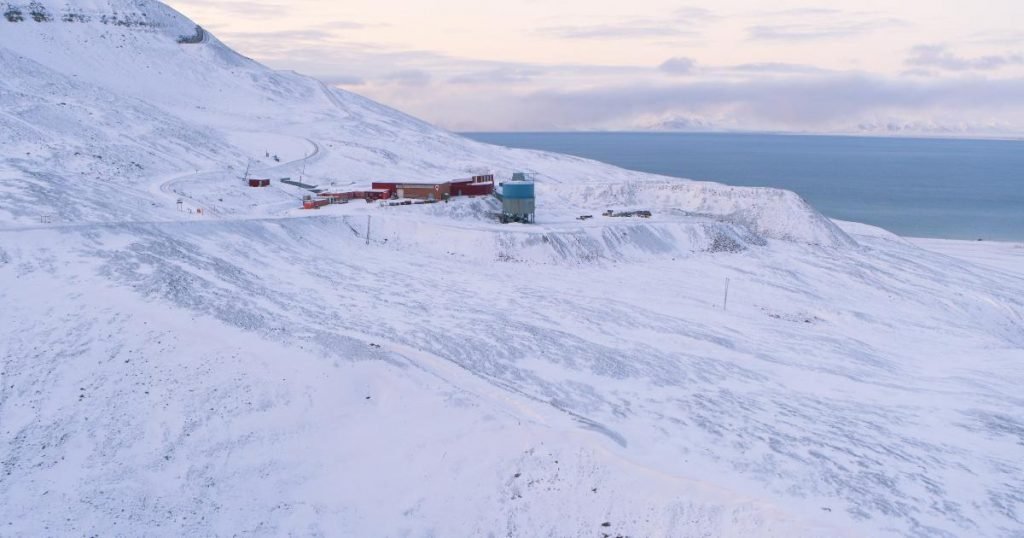GitHub recently stored a full set of an archive of all current public repository of data in a Frozen Norwegian mountain.
The project named GitHub Arctic Code Vault is designed to preserve open-source software for future generations to come for the next 1000 years.

It can be considered the same way as we would back up a hard disk, GitHub is archiving all of its code to date to ensure it remains secure.
1000 years into the Future
Whom so ever be our successors after 1000 years in our future will be able to access data from what was the world’s largest network of open-source software at the start of the 21st century i.e. GitHub.
The GitHub Team just had a full archive of all current public repositories safely tucked or we can say sealed into a decommissioned coal mine in the Norwegian town of Longyearbyen on the archipelago of Svalbard.
Project of 2019
According to a company blog post on Thursday, Named the GitHub Arctic Code Vault, the project was originally introduced in 2019 and was finally carried out in early July to preserve an open-source software for future generations by storing your public repository code in an archive built to at least last a thousand years for future generation to come.
On February 2, GitHub took a snapshot of all active public repositories on the site when stored. In computing speak, snapshot refers to a copy of a system captured at a particular point in time where files are preserved.
So, is it archiving all of its code to date, similar to how you’d back up a disk drive to ensure your files are more secure and easier to recover.
GitHub Teams Up
Teaming up with Piql, a Norway-based computer services company that specializes in data preservation, according to the blog post-GitHub said that they did so to write 21TB (terabytes) of repository data onto 186 reels of digital photosensitive archival film, fantastic work.

The boxes of film reels, emblazoned with GitHub’s Octocat logo to show supremacy in future, were then shipped to Longyearbyen, a town of more than 2,000 people only.
The code was officially stashed not only inside the mine but even further inside a chamber deep inside hundreds of meters of permafrost, a thick subsurface layer of soil that remains below freezing point throughout the year.
The stored data will be near the Svalbard Global Seed Vault, a large storage facility of a wide variety of plant seeds that was installed way back in 2008.
